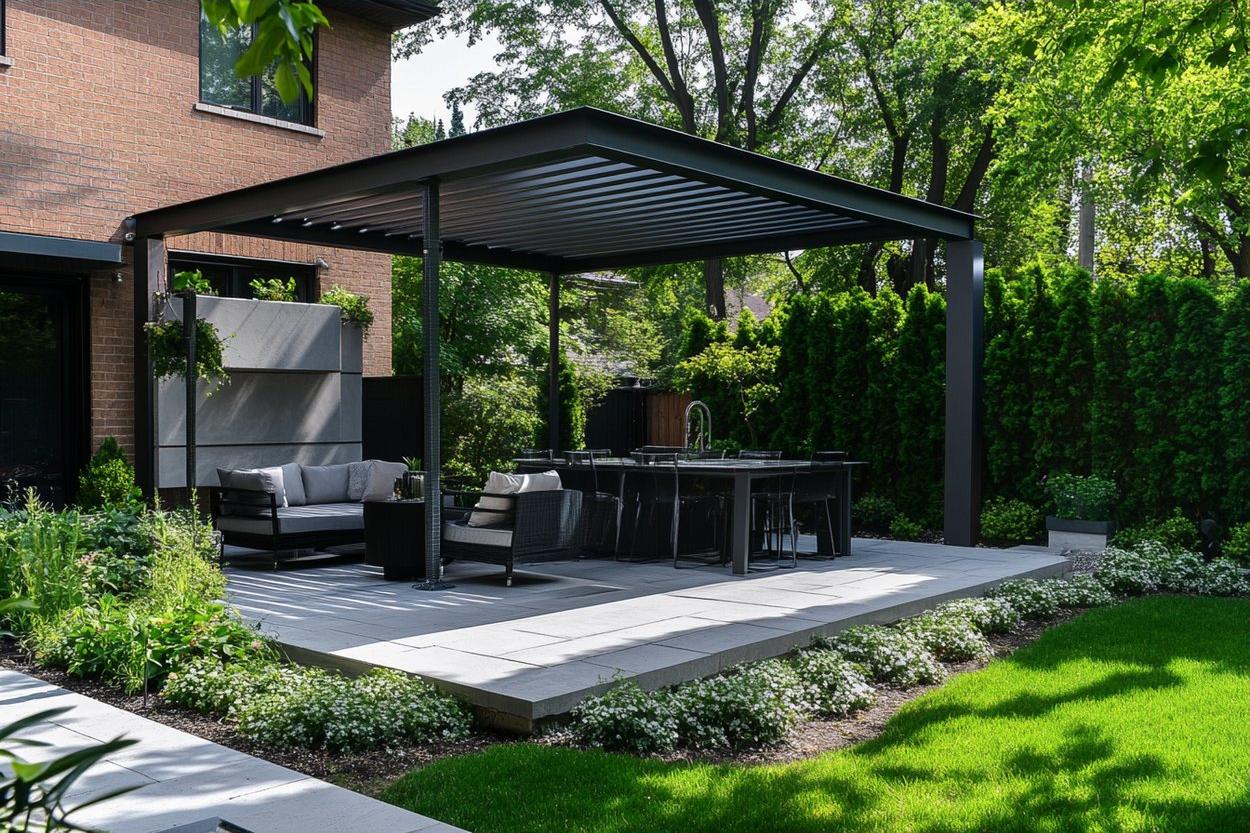Covered Terraces: Design, Benefits, and Essential Considerations
A covered terrace transforms outdoor living spaces into versatile, year-round retreats that seamlessly blend indoor comfort with outdoor ambiance. These architectural features extend your living area while providing protection from weather elements, creating an ideal space for entertainment, relaxation, and dining throughout different seasons.

Key Benefits of Covered Terraces
Adding a covered terrace enhances property value while providing practical advantages. These spaces offer protection from sun, rain, and snow, extending outdoor usage throughout the year. They also help reduce energy costs by providing natural shade to adjacent indoor areas and creating comfortable transition zones between interior and exterior spaces.
Essential Planning Considerations
Before installing a covered terrace, several factors require careful evaluation. Local building codes and permits, structural requirements, drainage solutions, and material durability in your climate all play crucial roles. Professional assessment ensures proper integration with existing architecture and adequate support for the chosen covering system.
Materials and Construction Options
Modern covered terraces utilize diverse materials to achieve different aesthetic and functional goals. Common options include:
| Material Type | Advantages | Maintenance Requirements |
|---|---|---|
| Aluminum | Weather-resistant, lightweight | Minimal maintenance |
| Wood | Natural appearance, customizable | Regular sealing/staining |
| Glass | Maximum light transmission, modern look | Regular cleaning |
| Polycarbonate | Affordable, UV-resistant | Periodic inspection |
Cost Considerations and Investment Value
The investment in a covered terrace varies significantly based on size, materials, and complexity. Basic structures typically start at $5,000, while high-end custom designs can exceed $30,000. Additional features like lighting, heating elements, or motorized covers increase costs accordingly.
Prices, rates, or cost estimates mentioned in this article are based on the latest available information but may change over time. Independent research is advised before making financial decisions.
Maintenance and Longevity
Regular maintenance ensures the longevity of covered terraces. Annual inspections should check for water damage, loose components, and wear on covering materials. Proper cleaning, timely repairs, and seasonal preparations help protect your investment and maintain functionality year-round.
A well-designed covered terrace creates valuable living space while enhancing your property’s aesthetic appeal and market value. By carefully considering design options, materials, and maintenance requirements, you can create an outdoor sanctuary that provides enjoyment and functionality for years to come.






